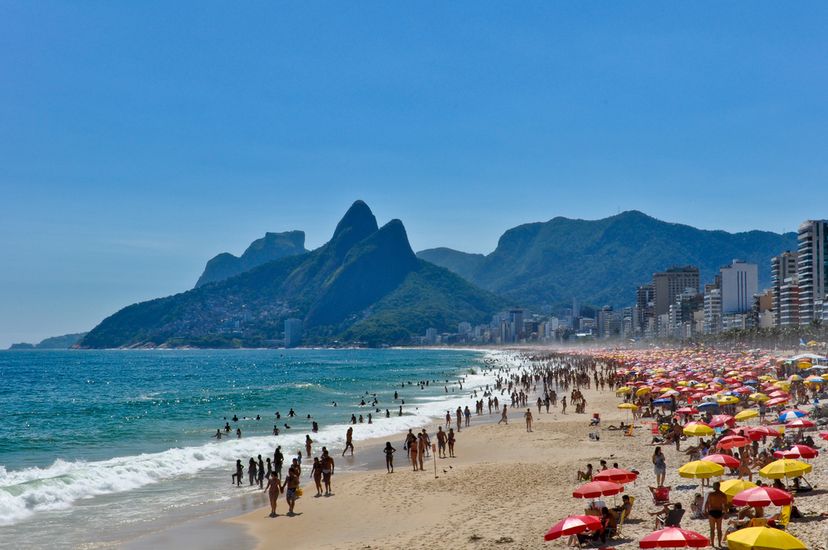
Autumn has arrived in the northern hemisphere and with it, a sense of sadness for many people. Whether you suffer from seasonal affective disorder or just like the long, hot days of summer, this time of year can be rough. But we often forget that just because it’s fall here doesn’t mean it’s fall everywhere. The southern hemisphere’s seasons are reversed, meaning countries on the other side of the equator experience their spring and summer while the north moves through fall and winter. If you want to follow the sun, these 10 destinations should help you escape:
Advertisement
10. Seychelles
Whether or not you’re trying to escape the cold of winter, the Seychelles should be on your bucket list. This African nation, comprised of a number of individual tropical islands, is warm just about any time of the year. Temperatures reach their peak between December and April, with March and April recording the warmest temperatures of the year, usually in the high 80s (low 30s Celsisu). Although the climate can be humid, especially between December and April, the islands are not usually affected by high winds or tropical storms. The islands have a reputation as “paradise,” and renowned for a diversity of plants and animals, gorgeous landscapes, great beaches and plentiful outdoor activities. Visit any time between September and April if you’re looking to get away from the northern hemisphere’s fall and winter.

9. Indonesia
If you’re trying to chase summer, you shouldn’t jump south of the equator right away. September through December is spring in the south, so save those destinations for later. Nonetheless, if you’re looking to get away from the increasing hours of darkness and the frosty weather autumn brings with it, an equatorial destination should be your first consideration. Indonesia lies along the equator and, like many equatorial areas, it experiences 2 season: a dry season and a monsoon season. The temperature varies little throughout the course of the year (averaging 26 degrees Celsius), and the length of the day is relatively constant: there is only 48 minutes difference between the longest and shortest days of the year. That’s good news for anyone looking to escape the longer nights of autumn and winter in the north. September and October are good months to visit Indonesia; the rainy season starts in November.
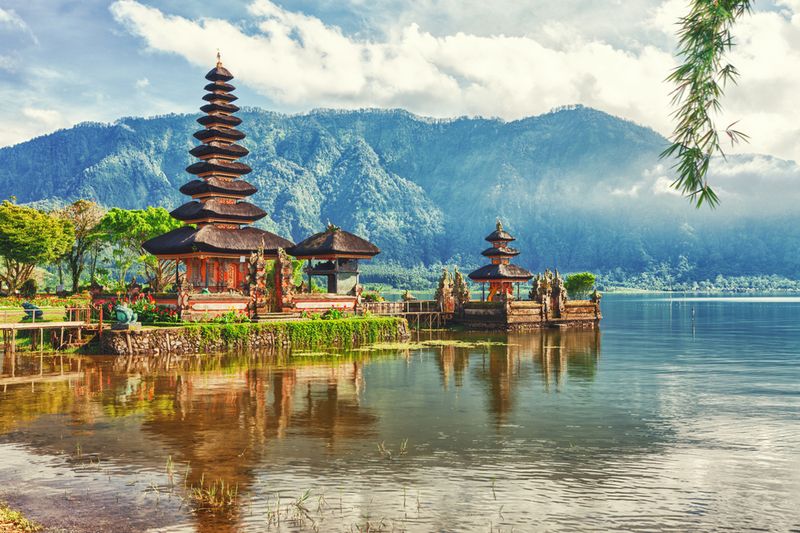
8. French Polynesia
With over 100 islands and atolls, the overseas collective of French Polynesia makes an excellent destination for those travelers looking to get away from chilly weather in northern climes. The islands, the most famous of which are Tahiti and Bora Bora, have well-developed tourist industries and they are often equated with tropical paradise. There are 4 volcanic islands and 1 coral island in the 5 archipelagos. Both Tahiti and Bora Bora are volcanic, and both provide opportunities for snorkeling and scuba diving, as well as other water activities. The temperature on the French Polynesia islands varies little from season to season; December through February are the wettest months, however. If you can, travel to these islands in September, October or November when temperatures are still warm but rainfall is significantly less.
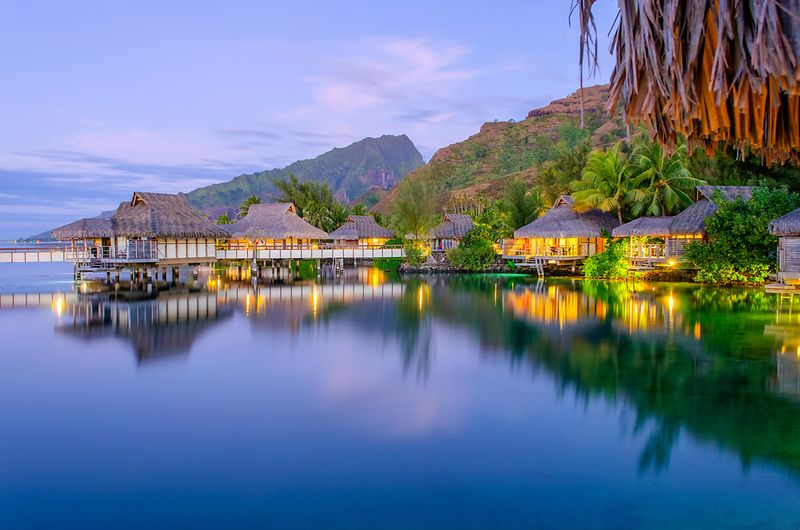
7. Sao Tome and Principe
Sao Tome and Principe might seem like a strange choice; the country has experienced some political and economic instability in the past decade. But these 2 African islands are rich in culture, history and ecology, which make them great destinations for travelers looking to get off the beaten path. The 2 islands, located about 87 miles apart, lie approximately 150 miles off the coast of Gabon. The influence of Portuguese colonizers is still evident in the country’s religious and linguistic traditions, but music and cuisine better reflect a fusion of African and Portuguese heritages. The islands are part of the Cameroon volcanic mountain line, and the tallest peak is Pico de Principe at over 3,000 feet. The equator passes over an islet just south of Sao Tome island, which means the climate is tropical and temperatures hover around 80 degrees Fahrenheit year-round.
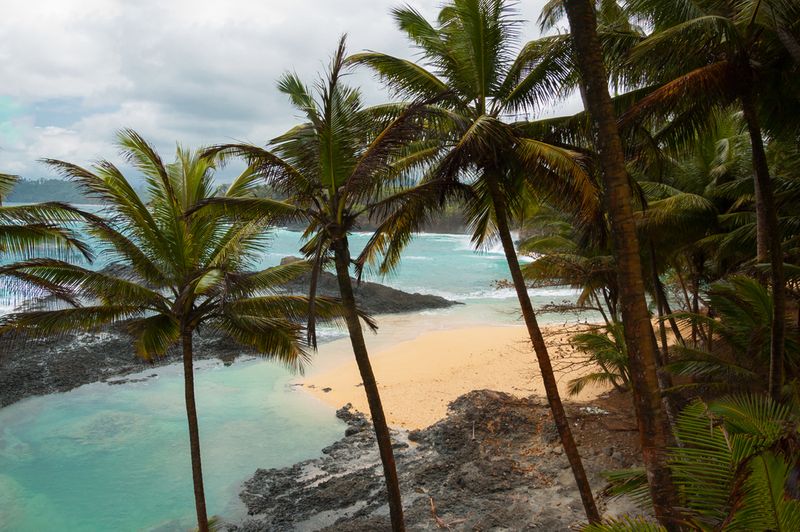
Advertisement
6. Brazil
It’s hard to make generalizations about climate in a country as big and diverse as Brazil, but here’s what you need to know: the average temperature is about 80 degrees Fahrenheit (around 25 degrees Celsius) and the temperature difference between night and day is more significant than changes in the seasons. That said, Brazil is home to more than 5 different climate types, and part of the country actually lies north of the equator. Rainfall between December and April can be quite significant, especially in the Amazon region, which is humid but rarely exceeds temperatures of 90 degrees Fahrenheit (32 degrees Celsius). The various microclimates make Brazil one of the most biodiverse countries in the world, which means there’s plenty to see in all of Brazil’s ecozones. Or, if an Amazon trek doesn’t suit you, the country’s Atlantic coast is home to some excellent beaches.
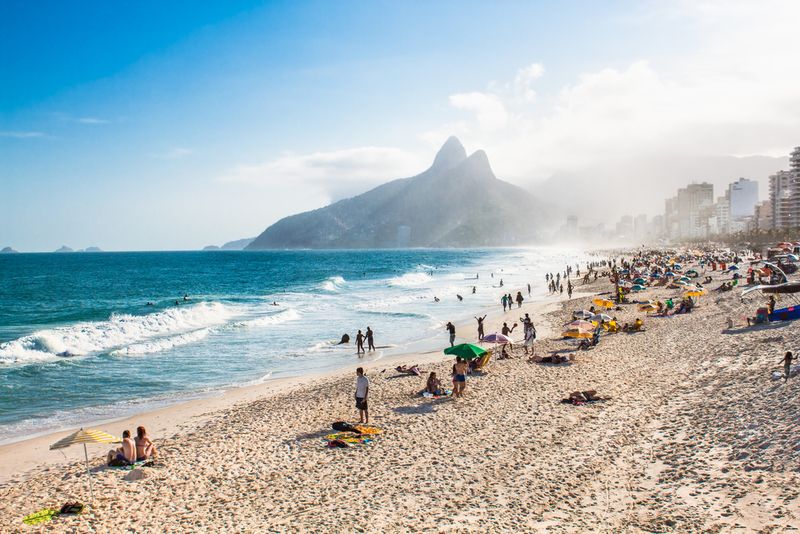
5. Galapagos
At first glance, you might think the Galapagos Islands, scattered on either side of the equator as they are, would be perfect candidates for an autumnal escape between September and December. In fact, it’s better to visit the Galapagos in December or later, because of the effects of the Humboldt Current, which brings cold water to the islands. Between June and November, the islands experience frequent drizzle, cold winds and cool temperatures. It still rains during the other 6 months of the year, but the temperatures are warmer and the sun shines more frequently. For that reason, the Galapagos make an excellent winter destination; they teem with life at any time of year, from finches to tortoises to penguins. Bird-watching is especially popular, and many species nest between December and May.
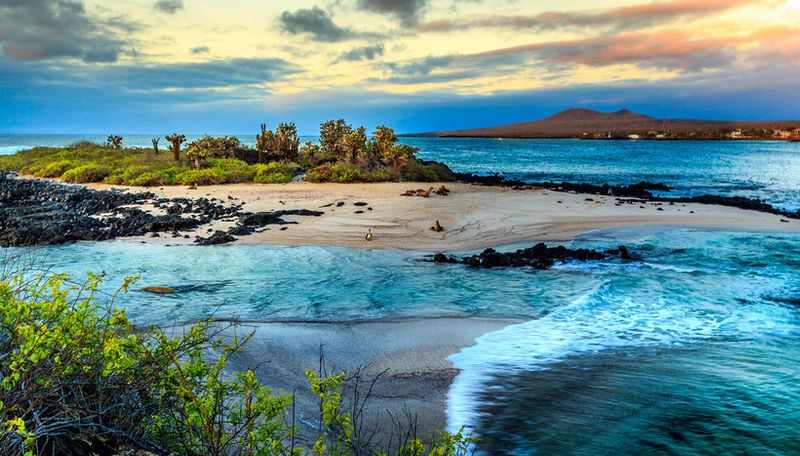
4. Fiji
The Melanesian island-nation of Fiji is a dream destination for a lot of people. Located near Vanuatu, Tonga and the Samoas, among others, the island is something of a tropical paradise. With an advanced tourism industry, Fiji offers a great escape from wintery weather in the northern latitudes. Located in the South Pacific, the island is renowned for outdoor activities like scuba diving and ocean kayaking. Fiji has a number of white-sand beaches, which are attractive to visitors. Perhaps the best thing about the island-nation is its climate: there is little seasonal variation, so the weather is warm year-round. November through April is considered the “warm” season, with temperatures slightly higher than the rest of the year, so consider Fiji a romantic escape from frigid temperatures and snowfall in more northerly places.
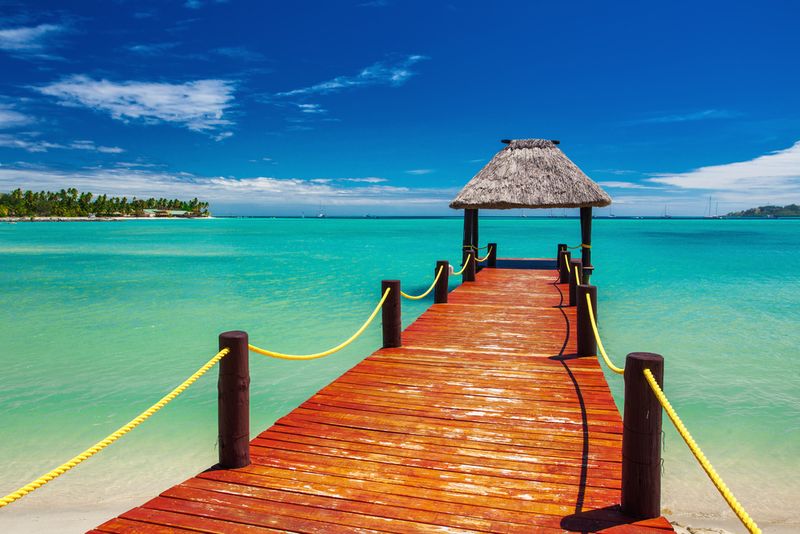
3. Chile
Chile lies in the southern hemisphere and throughout most of the country, there are 4 seasons. Here, the seasons are inverse to the northern hemisphere, which means you can take off from winter north of the equator and land in Chilean summer. Chile is a diverse country, though, spanning no less than 7 different climatic subtypes, from the dry Atacama desert in the north to alpine tundra in the extreme south. The Andes also run through the country, offering up even more diverse climes. The warmest month is February and rainfall during the summer months is minimal throughout much of the country—something noted by European explorers to the area in the 1500s. Clear nights in the Atacama Desert make for great star-gazing. Or why not embark on a wine tour in Central Chile’s vineyards?

2. Australia
Australia is likely the first place anyone thinks of when we talk about the southern hemisphere; the land down under has a certain reputation with folks in the north. While it’s true that the continent is protected from the wintry airmasses that sweep across northerly continents, which minimizes the impact of seasonal change on temperature, summer is still inverse to the northern hemisphere. That means that you can visit Australia between December and February and experience not winter, but summer weather. Temperatures are usually in the high 70s to low 90s (mid-20s to low 30s Celsius), which means you can get outside and enjoy all of your favorite summertime activities. Or maybe a trip down under is a chance to try something new, like surfing at Broad Beach or trailblazing through the Outback.
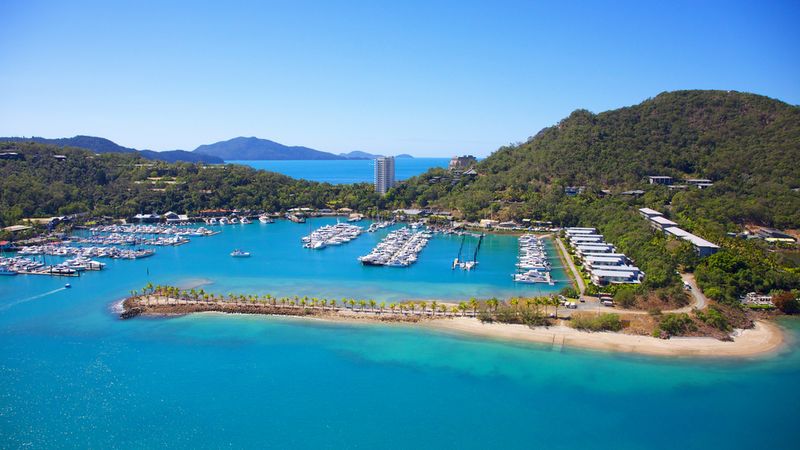
Advertisement
1. Maldives
The Maldives are perhaps most infamous for slowly sinking thanks to rising sea levels, but they also have a reputation as a tourist destination. The Maldives are a chain of 1,192 coral islands in a double atoll, and, as such, the country is one of the most geographically dispersed in the world. Located in the Indian Ocean, southwest of India and Sri Lanka, the islands experience a tropical-monsoon type climate. January through March provides the best time to visit the islands, as temperatures hover in the high 80s (around 30 degrees Celsius) and rainfall is at its lowest for the year; February is the driest month of the year. The islands are famed for their blue lagoons and white beaches, which have traditionally driven tourism, but they are also becoming a hotspot for ecotourism as the country attempts to reduce carbon emissions to zero by 2020.
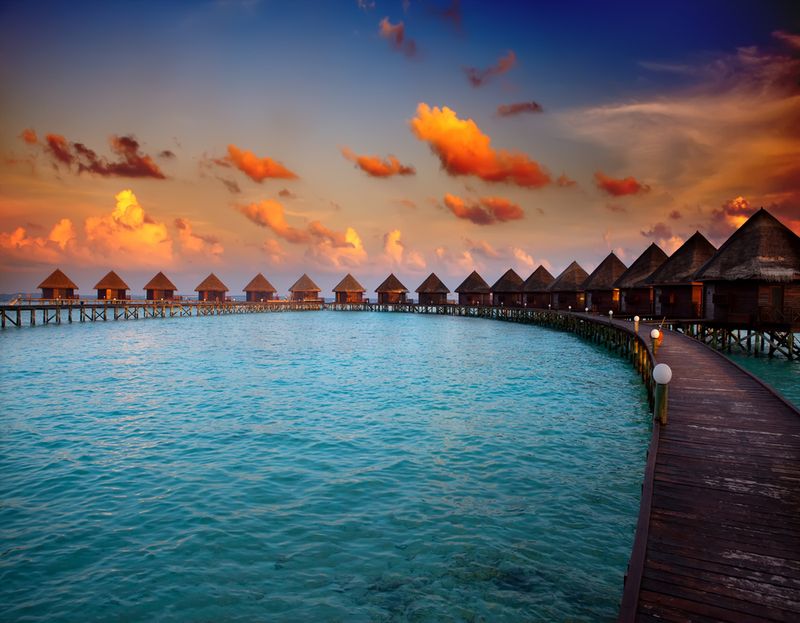
Advertisement